Writing a grant - where to start?
You’ve found a potential foundation or corporation grant, you’ve vetted the funder and all their giving guidelines, you’re going to sit down to start writing… but wait. Where do you start?
The answer may surprise you…
You don’t start with the application. Nope, not the demographic or impact data. Not the program details either.
The very first document you should open when preparing to write a proposal is the…
*insert drum roll*
Program Budget!
You can’t write a request for funding without knowing what you need funded!
Many of you may already know that. Fantastic! For those of you who did not, and for everyone else, let’s take a look at that process to ensure you’re getting off on the right foot and writing a solid proposal.
What line items in your program budget still need funding? To answer this question quickly, you should have a separate program budget from the one you submit to funders that tracks which line items have been funded, the funder, and the amount. Update it every time you receive funding. (Our team would be happy to help you set up this very handy program budget!)
From the line items above, which fit into the funder’s guidelines? Some funders will not fund salary, even for program staff. Some funders want to only fund equipment. Narrow your focus to align with that of the funder.
What is the total amount needed for the remaining line items, and how does that amount fit in with the funder’s giving range? You may not have enough need to apply for a grant that has a minimum amount. Or you may find that the amount is too high and the ask too risky.
Let’s do a small one together. For this example, the organization provides therapy services for children and young adults with autism and other developmental delays.
What still needs funding? (looking at my handy-dandy program budget with all our funding sources by line item)
A full-time lead therapist
A part-time therapist
A small percentage of the executive director’s salary
Manipulatives as therapy aids
Adaptive playground equipment
Technology for therapy aids and data tracking
Travel/fees for inclusivity opportunities in the community
Notebooks, paper, page protectors - for individual treatment plans
A small percentage of rent
Which of these might the funder fund? (looking at the funder’s guidelines and inferred interests via their 990)
Manipulatives as therapy aids
Adaptive playground equipment
Technology for therapy aids and data tracking
Travel/fees for inclusivity opportunities in the community
Notebooks, paper, page protectors - for individual treatment plans
What’s the total amount needed for these, and does it fit in the funder’s giving range? (looking at my handy-dandy program budget and the funder’s guidelines and/or 990)
Manipulatives as therapy aids: $1,000
Adaptive playground equipment: $20,000
Technology for therapy aids and data tracking: $8,000
Travel/fees for inclusivity opportunities in the community: $2,000
Notebooks, paper, page protectors - for individual treatment plans: $300
TOTAL: $31,300
This particular funder usually gives between $20,000 and $30,000, which means I need to choose which of these items combined will make the most compelling proposal, demonstrate the most return on investment for the funder, and create the most impact for the organization and their clients. (If you’re the contract grant writer, pass this information to your client, along with recommendations, and await their final decision.)
It’s easy to get lost in the details as you begin writing. Starting with the budget first sets the structure to place all those great impact stories and demographic statistics around as you write so that the pieces fit together to make a whole picture. Creating a strong framework for an ask to a funder is essential to writing a solid proposal.
As always, be mission-minded and frame your argument around how the funder’s gift can propel the organization forward in accomplishing that mission.

